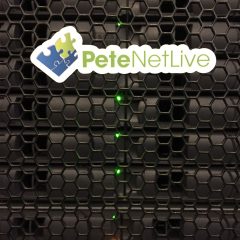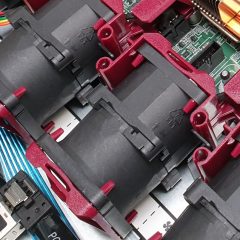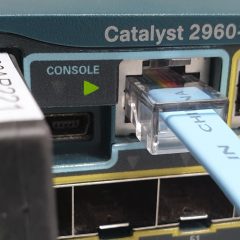Enabling Cisco DNS Lookup (ASA and IOS)
Cisco DNS Lookup KB ID 0000969 Problem For the most part, devices are more concerned with IP and MAC addresses, but the devices do have the ability to translate those IP addresses using DNS. Solution : Cisco DNS Lookup How to Enable Cisco DNS Lookup on ASA As ASA is ‘My Thing’ I will start with that. 1. Connect to the ASA, log in and go to enable mode, and then global configuration mode. Type help or ‘?’ for...
Enable PPTP Split Tunneling
PPTP Split Tunneling KB ID 0000997 Problem I was asked yesterday, “When you get five minutes, I need you to enable PPTP split tunneling, because when I VPN into a network I lose Internet connectivity”. On inspection he was using the Microsoft VPN client, I jumped on the VPN device to discover it was a Cisco IOS router. What I discovered was, unlike the firewall VPN’s I’m used to, you DONT set split...
Cisco Catalist Upgrading 2900, 5500 and 3700 Stacks
KB ID 0001630 Problem People are often nervous about doing this, I’m not sure why because Cisco have made it painfully simple now. That’s because instead of the old /bin files we used to use, you can now upgrade a switch (or a switch stack) using a .tar file with one command, (and it will also upgrade all the stack members and the firmware on any other network modules you have in the switches at the same time). Yes it does...
Cisco IOS – How To Find VLAN IPs (SVI’s)
KB ID 0001258 Problem If you have a complicated network, you can spend more time finding out how it’s configured, than actually doing any work on it! Today I had a client that needed some changes made on their LAN, I knew their name, and their network address, and common sense told me which of the core switches they were connected to. Solution A quick search on the client name told me what VRF they were in, and what VLAN they...
Cisco IOS ‘Crypto’ Unrecognized Command?
KB ID 0001246 Problem I was working on a Cisco 3750-G last week, and I was in the process of setting up SSH access. When I went to generate the crypto key and enable SSH, It fired an error at me. In fact it wouldn’t execute any crypto commands; Core-SW(config)#crypto ? % Unrecognized command Now I have seen this before, (but not for a while). You need to be running a K9 version of the code. A quick ‘show version’...



